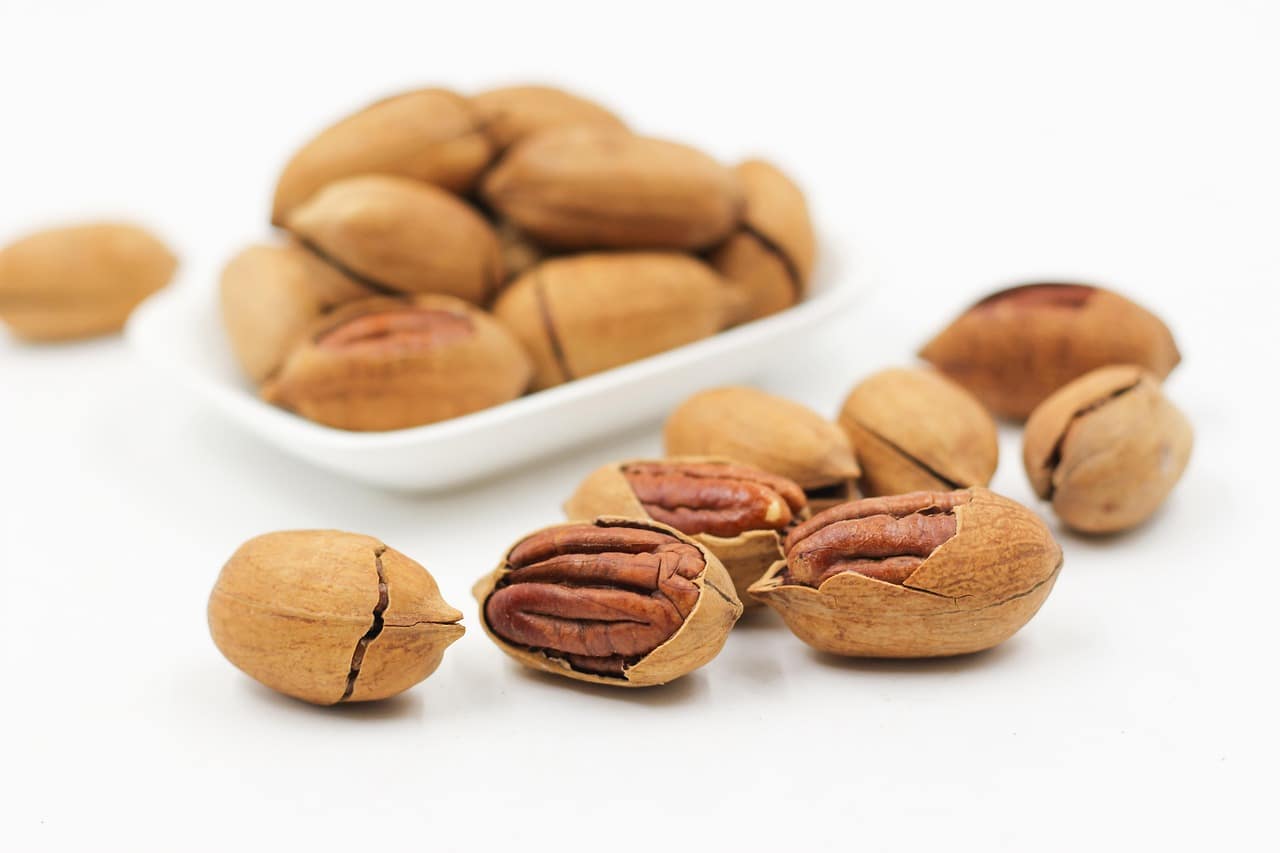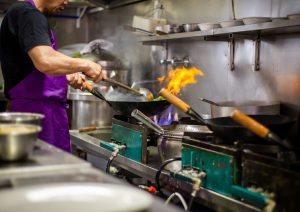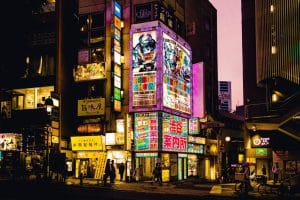Food Photography Courses: Learning Professional Techniques for Culinary Image Creation
Have you ever wondered how food bloggers and photographers capture those mouth-watering and visually appealing images of food on their websites or social media platforms? You may assume that it’s all about having the right camera and lighting, but the truth is, there is much more that goes into creating a captivating food image. To truly capture the essence of a dish, you need to have a keen eye for composition, the right techniques, and a thorough understanding of the principles of food photography. This is where food photography courses come into play. In this article, we will delve into the world of food photography courses and explore the techniques and skills you can learn to elevate your food photography game. So, grab a snack and read on!
What are Food Photography Courses?
Food photography courses are educational programs designed to teach individuals the art and science of capturing stunning images of food. These courses are offered to aspiring photographers, food bloggers, culinary enthusiasts, and professionals in the food industry who want to improve their photography skills. Through these courses, students can learn the technical and creative aspects of food photography, as well as gain knowledge on various equipment, lighting techniques, and styling ideas.
Why Should You Take a Food Photography Course?
Whether you are a professional photographer or a food enthusiast wanting to improve your food images, taking a food photography course can provide numerous benefits. Let’s take a look at some of the reasons why you should consider enrolling in one:
1. Improve Technical Skills
One of the primary reasons you should take a food photography course is to improve your technical skills. These courses cover topics such as camera settings, exposure, lighting, and composition, which are essential for creating beautiful and professional-looking food images. By learning and mastering these techniques, you can take your food photography to the next level and stand out from the competition.
2. Learn from Experts
Food photography courses are usually taught by experienced photographers or professionals in the food industry who have a vast knowledge of the subject. By enrolling in a course, you get the opportunity to learn from experts in the field and gain valuable insights and tips that will help you improve your photography skills.
3. Access to Equipment
Some food photography courses provide access to equipment and props that are necessary for creating stunning food images. This is a great advantage, especially for beginners who may not have all the equipment needed to produce high-quality images. By having access to different equipment, you can experiment and discover what works best for you.
4. Networking Opportunities
Attending a food photography course also gives you the chance to network with other like-minded individuals who share the same passion for food and photography. You can learn from each other, share ideas, and even collaborate on projects, which can open up new opportunities and connections in the food industry.
5. Gain a New Perspective
Food photography courses not only teach you the technical skills but also provide you with a new perspective on food styling and presentation. You will learn how to make even the simplest dish look appetizing and create a story and emotions through your images. This can be helpful in taking your photography to a new level and adding a unique touch to your work.
What Can You Learn in a Food Photography Course?
Food photography courses cover a wide range of topics to equip students with the necessary skills to create stunning food images. Some of the things you can learn in a food photography course include:
1. Camera Settings and Equipment
You will learn how to use your camera’s settings effectively, including aperture, shutter speed, and ISO, to achieve the desired result. Additionally, you will get an understanding of the best equipment to use for food photography and how to use them to your advantage.
2. Lighting Techniques
Lighting is crucial in food photography, and you will learn various lighting techniques that can make your images stand out. You will also learn how to use natural light and artificial light sources to create different moods and effects in your images.
3. Composition and Styling
In food photography, how you position and arrange the food can affect the overall aesthetics of your image. In a food photography course, you will learn the principles of composition, including the rule of thirds, leading lines, and negative space. You will also learn how to style and present food to create a visually appealing image.
4. Post-Processing
After capturing your images, you will need to edit and enhance them using post-processing techniques. In a food photography course, you will learn how to use editing software and techniques to enhance your images and make them more appealing.
In Conclusion
Enrolling in a food photography course can be an excellent opportunity for individuals looking to improve their food photography skills. Not only will you learn the technical aspects of photography, but you will also gain a new perspective and a creative approach to capturing food images. With the increasing demand for visually appealing food images, taking a food photography course can give you a competitive edge and take your images to the next level. So why wait? Sign up for a food photography course today and elevate your culinary image creation game!










